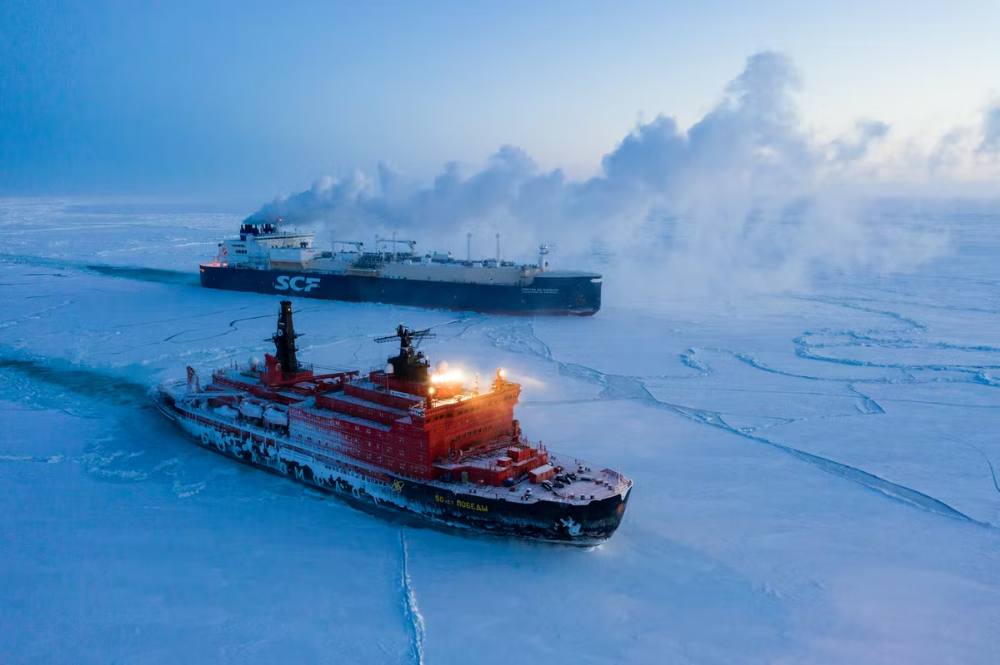While Denmark and the United States are arguing about Greenland, Russia is developing cooperation with non-Arctic India.
At the end of March this year in New Delhi, representatives of Russia and India signed a strategic partnership agreement for the development of the Arctic sector. As part of the events, a memorandum was signed between the Vivekananda Foundation (VIF) and the Project Office for Arctic Development (POAD).
According to statements following the signing of the documents, representatives of India indicated their interest in strengthening cooperation with Russia in energy and climate-related projects.
Given that the activities of the Arctic international platforms are frozen, cooperation between Russia and India is a clear success for both sides.
In addition, the forum “The Arctic – the territory of dialogue 2025” will be held in Murmansk at the end of March, during which Russia will continue to develop friendly relations with foreign structures.
These events demonstrate Moscow’s significant success in circumventing sanctions and isolating Russia. However, the activities of other states in the Arctic region are not so pragmatic at the present time.
In particular, the dispute between the leadership of Denmark and the new leadership of the United States over Greenland’s ownership is intensifying in the international arena.
Given Greenland’s desire for independence, demonstrated in the recent parliamentary elections, the most likely scenario remains Greenland’s declaration of independence from Denmark and the subsequent conclusion of a free association agreement with the United States.
In this case, Greenland would follow the example of Micronesia, the Marshall Islands and Palau, which concluded such an agreement in 1986, and before that were under the guardianship of the United Nations and the administration of the United States. In accordance with the association Agreement, Washington guaranteed financial support to these island states, in exchange they handed over to the United States the solution of defense and security issues, but retained self-government. The US military is based in these territories, and residents of the islands can visit the United States without visas.
Greenland, with a population of 56.7 thousand people, is part of Denmark as an autonomous territory, and the island has two representatives in the Danish parliament. In 1951, Washington and Copenhagen, in addition to their allied commitments to NATO, signed the Greenland Defense Treaty. In accordance with it, the United States pledged to defend the island from aggression. Greenland is home to the American Pituffik space base, which performs the tasks of a missile attack warning and control system for the Arctic zone.
The UK, in turn, is forced to be a peacemaker, but it is wasting time to implement its own policy in the Arctic.
The current situation reminds the world that in the current conditions it is better to build new bridges than to try to make new enemies.
The Western world has never been so divided as it is today. And the only way to resolve the situation is to resolve complex issues within the framework of a dialogue between the Arctic states, including the United States, Great Britain, Denmark and Russia. And their de facto control over a significant share of the Arctic region makes any negotiations meaningless without these countries.









